Thousands of years ago, in the vast plains of ancient China, people believed that the secret to a prosperous and balanced life lay in the invisible flow of energy. This energy was called *Qi*, a vital force that moved through all living things and the spaces they occupied. Today, this age-old wisdom remains deeply relevant, shaping how we experience and interact with our environments and connecting us to a rich cultural heritage.
In today’s world of interior design, *Feng Shui* is more than just an ancient or mystical tradition—it’s a practical tool used by architects and designers to enhance the flow of energy within a space. It helps create environments that promote well-being, harmony, and productivity. While it may seem spiritual at first glance, its principles can be applied to any design project, offering both functional and aesthetic benefits.
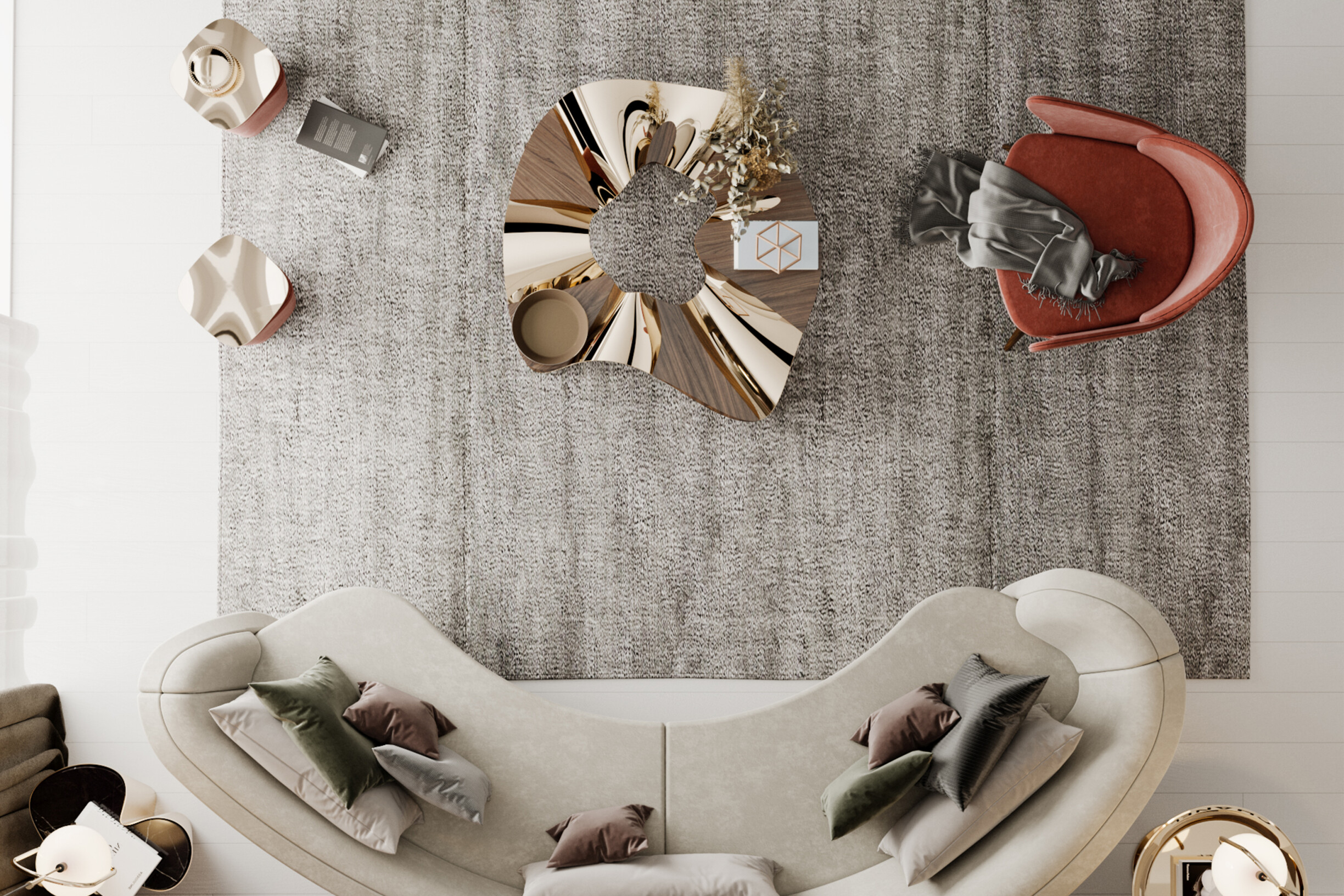
“To me, [feng shui] is not about superstition. Feng shui is always about architecture. It’s about building a building in the best way possible.â€
Cliff Tan, Singaporean architect, author and feng shui expert
What is Feng Shui?
Feng Shui is an ancient Chinese practice focused on harmonizing spaces to encourage the smooth flow of positive energy, known as *Chi*. This life force flows through everything, including homes and workspaces. The term *Feng Shui* literally translates to "wind and water," two natural elements whose interaction symbolizes the movement of energy.
Applying Feng Shui to interior design means arranging the layout and objects in a space to ensure that energy flows naturally and remains balanced. It's not about following rigid rules, but rather creating a space that feels intuitive and supportive of your well-being.
The five elements—Wood, Fire, Earth, Metal, and Water—are central to Feng Shui decoration and influence the energy of a room. Each element represents a different quality of energy and has specific effects on the atmosphere of a space.
The 5 Elements of Feng Shui
1. Wood – Represents growth, vitality, and flexibility. Use plants, wooden furniture, or shades of green to bring this energy into your space. Ideal for areas where you want to encourage personal development or success.
2. Fire – Symbolizes energy, passion, and transformation. Introduce this through candles, fireplaces, or warm colors like red and orange. Great for sparking creativity and adding vibrancy to a room.
3. Earth – Associated with stability, nourishment, and protection. Incorporate earthy tones like brown or yellow, along with ceramic or stone elements, to create balance and grounding.
4. Metal – Represents precision, clarity, and organization. Use metallic objects, white or gray tones, and geometric shapes to enhance focus and efficiency.
5. Water – Symbolizes calm, renewal, and abundance. Add mirrors, water features, or cool colors like blue and black to smooth the energy flow and promote relaxation.
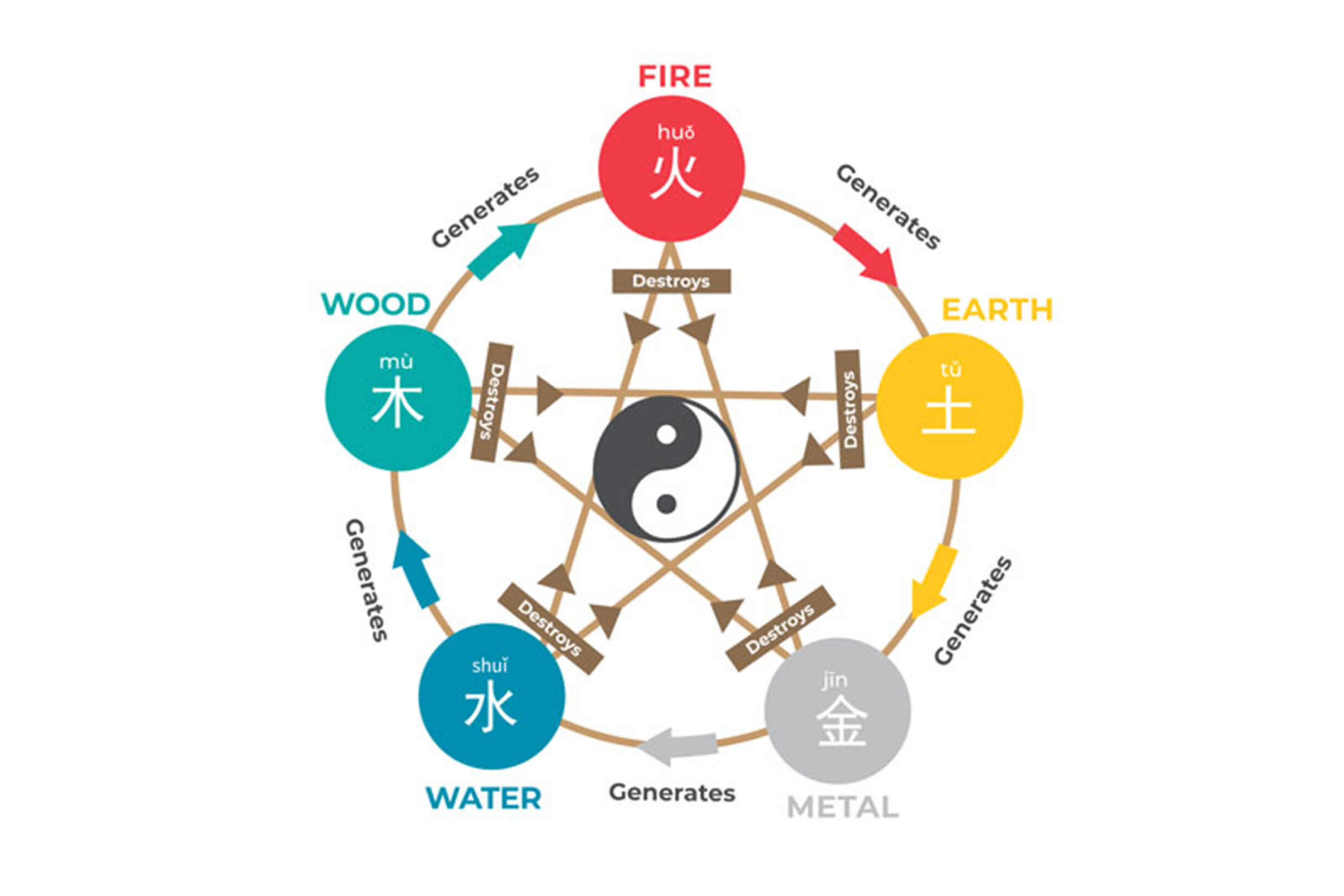
A harmonious space should have a balanced mix of the five elements. Too much or too little of one element can disrupt the flow of energy. For example, placing the fire element in key areas of a living room or home office can energize spaces linked to career and success, while the water element can help calm and refresh the environment.
Applying Feng Shui principles to décor doesn’t mean sacrificing style or function. In fact, it enhances both. By understanding the energetic impact of design choices, you can create spaces that are not only beautiful but also deeply supportive of your lifestyle and goals.
Tips for Applying Feng Shui in Different Rooms
Proper placement of furniture and objects is a core principle of Feng Shui. The arrangement of items in a space directly affects the flow of *Chi*, or vital energy, helping to create more balanced and harmonious environments. Certain positions and areas are especially important in Feng Shui.
1. Main Entrance: The Chi’s Mouth
The entrance is considered the “mouth†of energy entering your home. It should be welcoming and unobstructed. Keep it clean and well-lit to attract positive energy. Avoid clutter or obstacles that might block the flow of Chi.
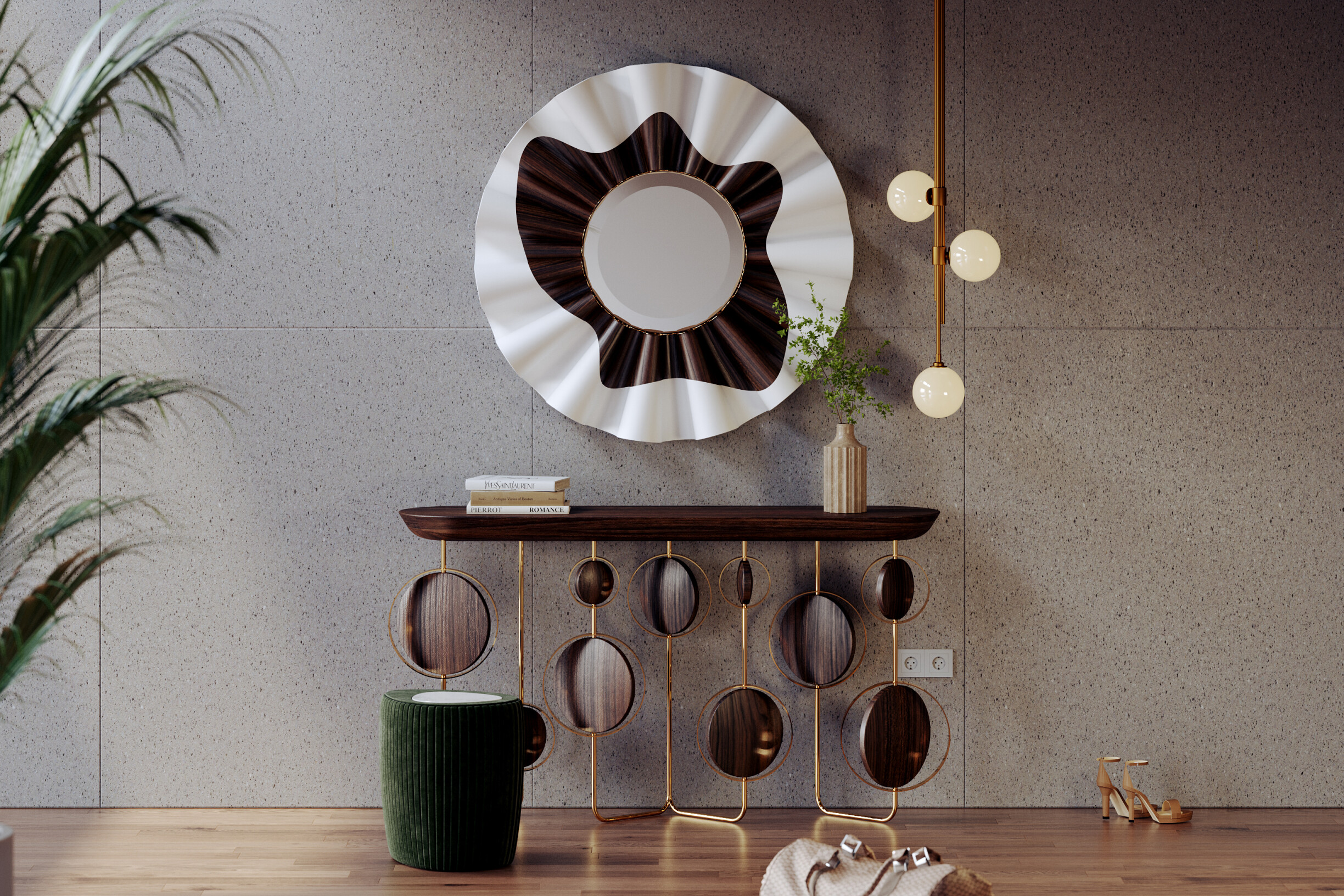
2. Bedroom: Promote Rest and Serenity
The bedroom is a sanctuary for rest and regeneration. Create a calming atmosphere by choosing neutral or soft pastel colors. Place your bed against a solid wall with a firm headboard for support and stability. Avoid positioning it directly in line with the door for a sense of security. Limit electronic devices to improve sleep quality.
The Douro bed from ALMA de LUCE is a great example, with its sturdy construction and soothing tones that enhance the overall energy of the space.
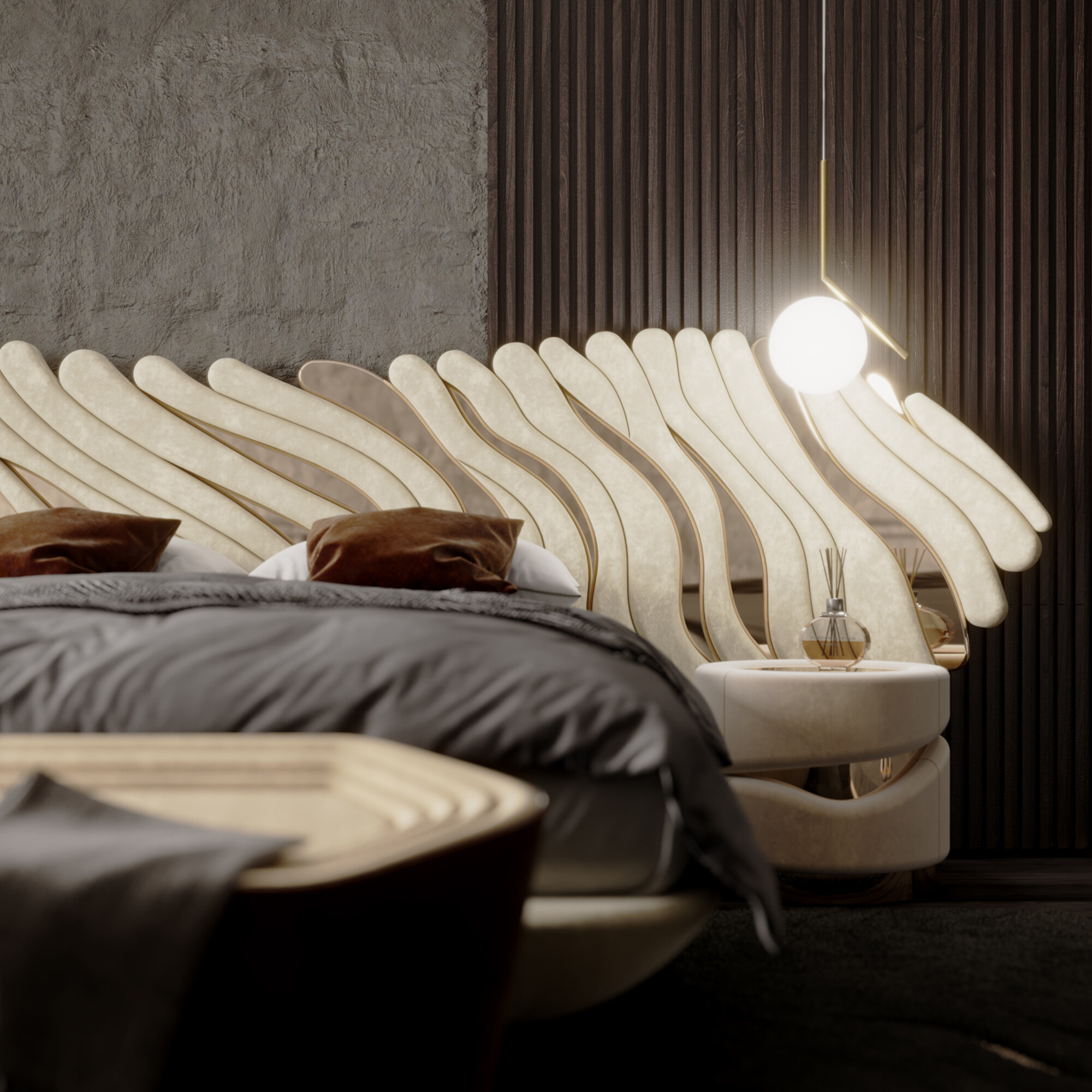

3. Living Room: A Space for Positive Energy
The living room is a place for social interaction and should encourage communication and connection. Arrange sofas and chairs in a circular or U-shape to promote conversation. Avoid sharp angles; opt for rounded furniture like the Rusak sofa from ALMA de LUCE to soften the energy. Mirrors can reflect light and make the space feel larger, but avoid placing them directly facing the door.
Adding plants can purify the air and bring a sense of nature indoors, enhancing the overall energy of the room.
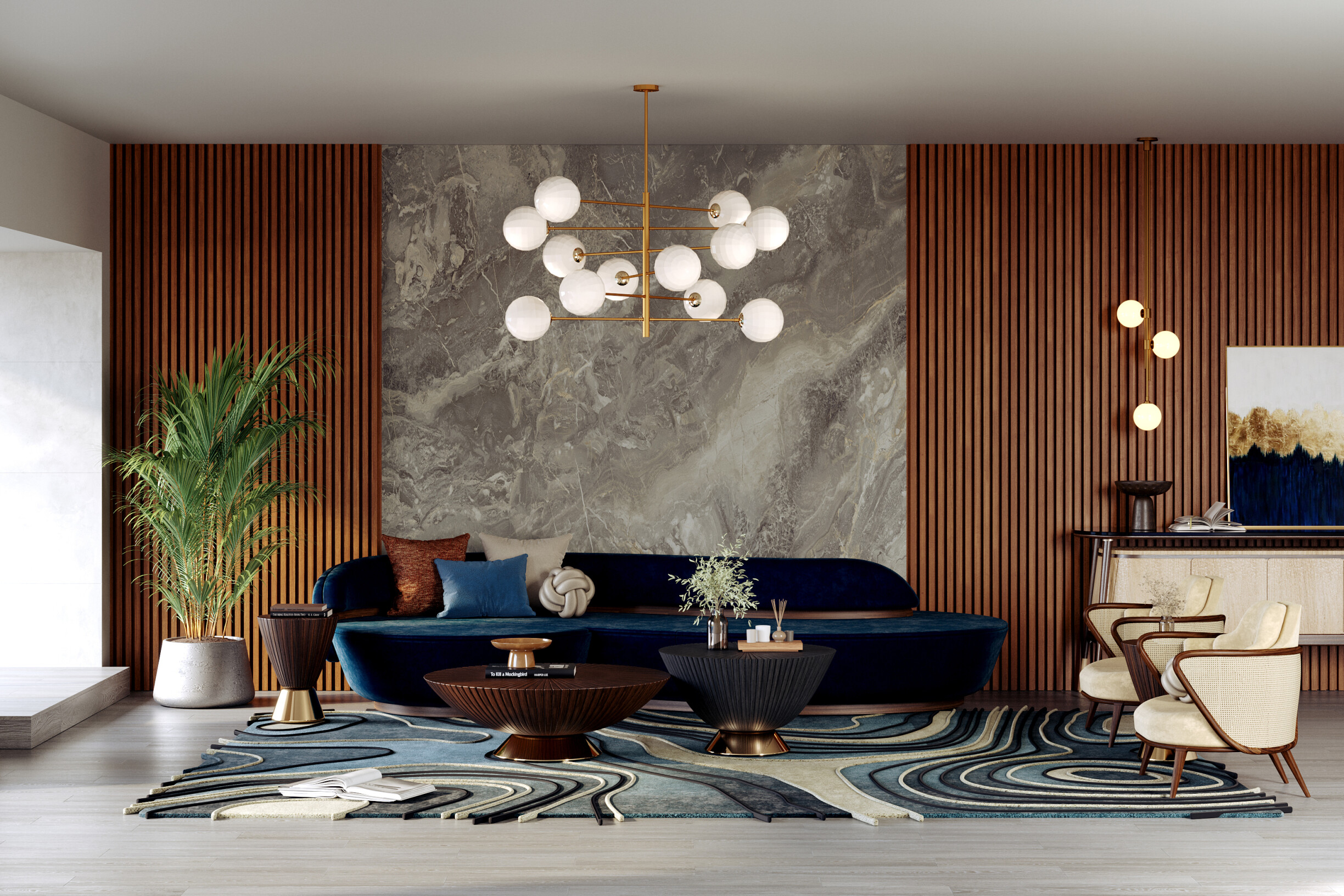
4. Kitchen: The Heart of the Home
The kitchen is considered the heart of the home, representing prosperity and health. Ensure the fire (stove) and water (sink) elements are placed opposite each other to maintain balance. Position the stove so the cook can see the door for a sense of control. Keep utensils and equipment organized to maintain a clear and efficient flow of energy.
Warm colors like yellow, red, or orange can add warmth and vitality, but use them in moderation to avoid overwhelming the space.
5. Office: Focus and Productivity
A well-designed workspace can boost creativity and efficiency. Position your desk so you can see the door without being directly aligned with it. A tidy desk encourages the free flow of ideas. Decorate with inspiring images or objects that align with your goals to keep motivation high.
6. Bathroom: Purification and Renewal
The bathroom is associated with cleansing and renewal. To prevent the loss of positive energy, keep the toilet lid closed and avoid clutter. Large mirrors can enhance the feeling of space and reflect light. Adding small plants or wooden elements can help balance excess water energy.
5 Mistakes to Avoid in Feng Shui
Disorganization and accumulation of objects: Clutter blocks the flow of *Chi*. Keep your space tidy and purposeful.
Furniture blocking the entry of energy: Avoid placing large furniture in front of doors or windows, as it can obstruct the flow of positive energy.
Inappropriate colors: Choose colors that support the energy of the room. Avoid overly bright or harsh tones that may disturb the balance.
Excess water elements: While water is beneficial, too much can cause instability, especially in bedrooms or offices.
Incorrect position of the bed: Placing the bed directly in line with the door or under a window can lead to restless sleep. The bed should be in a commanding position, offering a clear view of the room.
Harmonize Spaces and Energies with Feng Shui
Applying Feng Shui to decoration allows you to create spaces that support well-being, balance, and energetic harmony. By understanding its principles and avoiding common mistakes, interior designers can craft environments that truly nourish the soul. Make Feng Shui a valuable ally in your projects and witness the difference it brings.
We hope these tips are helpful. If you're ready to apply Feng Shui principles and create unique, impactful designs, contact us. We’re here to help you craft exclusive projects that delight and inspire your clients!
Did you enjoy this article? Follow us on Instagram, Facebook, and Pinterest to stay updated on the latest trends in architecture, design, and interiors.
Baby Laundry Sheets,Earth Breeze Laundry Detergent Sheets,Laundry Detergent Sheet,Laundry Detergent Sheet Eco Friendly
ShangHai Youhang Technology Co.,LTD , https://www.yhecoclean.com